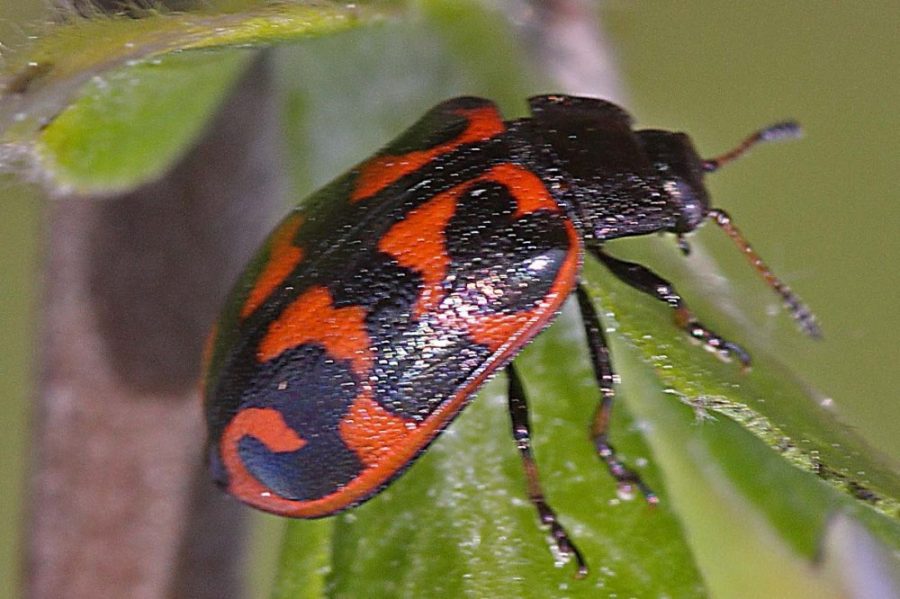“Trends in Arthropods of Alpine Aquatic Ecosystems” is the first topical collection for the journal of the Swiss Entomological Society
The open-access, peer-reviewed scholarly journal Alpine Entomology, published by Pensoft on behalf of the Swiss Entomological Society, announced its very first topical collection of articles, which will be focusing on arthropods associated with aquatic ecosystems in mountainous regions.
The journal is currently inviting scientists, working on aquatic fauna from alpine habitats, to openly publish their research articles and short notices that provide evidence how arthropods’ biogeography, species communities, distribution, behaviour and morphology have changed in recent times.
The aim of the “Trends in Arthropods of Alpine Aquatic Ecosystems” collection is to bring together data and findings about what many agree is the most impacted type of environment on Earth: aquatic ecosystems, especially running waters.
“Aquatic invertebrates are key indicators of global or local changes. Furthermore, many aquatic ecosystems are closely linked to mountains because they originate in them. Many valuable unpublished datasets on aquatic arthropod fauna may therefore be available from mountainous regions,”
explain the rationale behind the newly opened topical article collection guest editors Dr. Jean-Luc Gattolliat (Museum of Zoology, Lausanne and University of Lausanne, Switzerland) and Dr. David Muranyi (Eszterházy Károly Catholic University, Hungary).
The collection will remain open for submissions for the next two years. In the meantime, the accepted manuscripts will be published on a rolling basis, as soon as they are ready for publication.
***
Visit the journal’s website at: https://alpineentomology.pensoft.net/
Follow Alpine Entomology on Twitter and Facebook.



